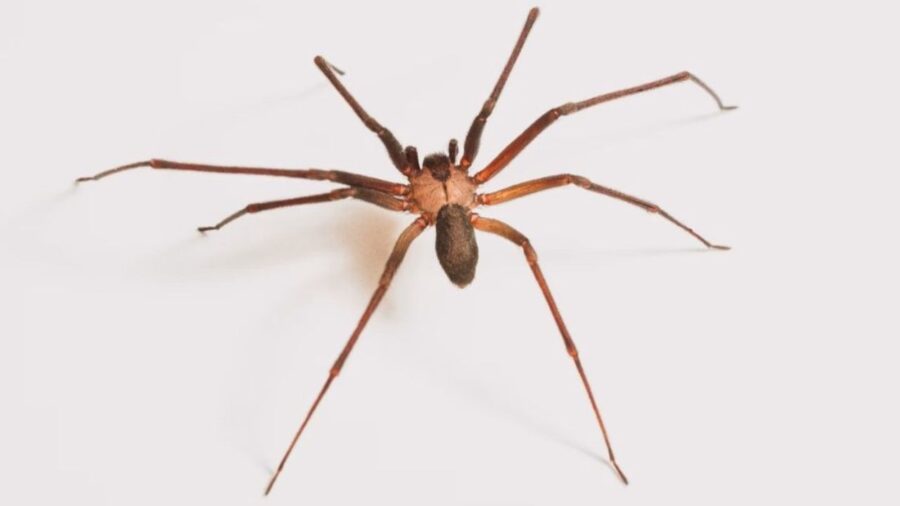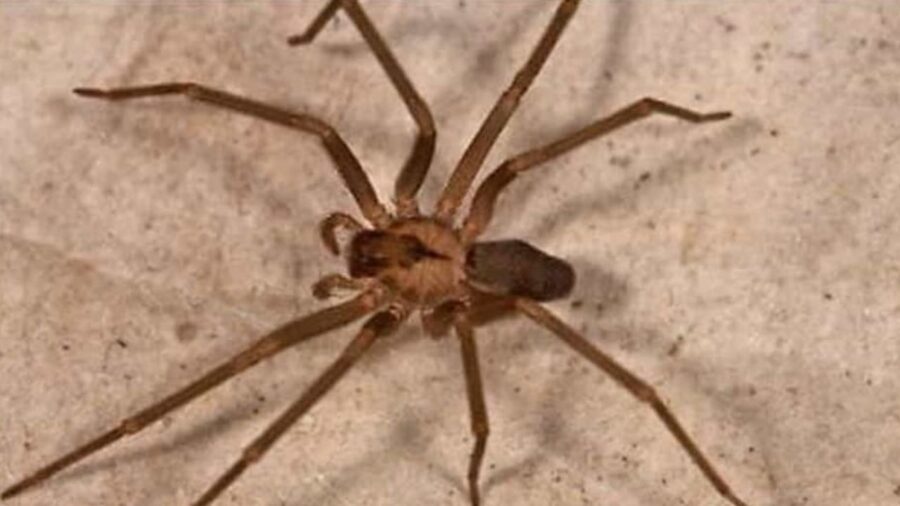The violin spider is a sneaky insect: its small size can deceive but its bite can be lethal
The violin spiderscientifically known as Red-bellied Loxoscelesis a small arachnid recently at the center of numerous debates in Italy, due to two deaths that have raised concerns about its potential danger. Franco Aiello, 52, a carabiniere and Giuseppe Russo, a 23-year-old gardener, lost their lives due to complications arising from a bite from the small killer. This spider is native and widespread throughout Italy. It has adapted well to the domestic environment, finding refuge in every possible crack in the house and between clothes and sheets.
The violin spider It has a body that rarely exceeds a centimeter in length and a dark spot on the front that resembles the shape of a violin, from which its name derives. Unlike most spiders, which have eight eyes, the violin spider has six, arranged in three pairs. It prefers the warm and dry environments typical of the Mediterranean, but also lives peacefully in human homes, where it finds an ideal climate all year round.

Being a shy and nocturnal creature, it tends to avoid contact with humans and bites only if it feels threatened. The bite of the violin spider, although feared, is not serious in most cases. According to Donated Favrettotoxicologist at the University of Padua, generally injects little venom, causing a wheal that regresses spontaneously. Only in 30% of cases, the spider injects a toxin which can cause skin lesions, which can develop into ulcers if not treated properly.
Deaths related to the bite of the brown recluse spider are extremely rare and difficult to directly link to the bite itself. To prevent the bite, it is advisable to take some precautions, especially in dusty or rarely visited environments, where the spider could hide. The use of gloves, clothing that covers arms and legs, skin repellents, mosquito nets and environmental insecticides are effective methods to reduce the risk of contact. In the event of a bite, it is important to wash the affected area thoroughly and monitor the evolution of the symptoms, contacting a doctor if the area becomes darker.

Eleonora Nuceraprofessor of Allergology at the Catholic University of the Sacred Heart in Rome, emphasizes the importance of avoiding drastic interventions without consulting a specialist. Despite the media attention, it is essential to address the issue of the brown recluse spider with balance and rationality. Max Andreoniscientific director of the Italian Society of Infectious and Tropical Diseases, recalls that many other creatures, such as wasps, bees, ticks and mosquitoes, can be potentially dangerous for humans.
Knowledge remains the best weapon to face potentially dangerous situations with serenity, without falling victim to unfounded fears.
Read also: Luciana Littizzetto bitten by a violin spider: moments of panic
#Violin #spider #alert #recognize #located #heres